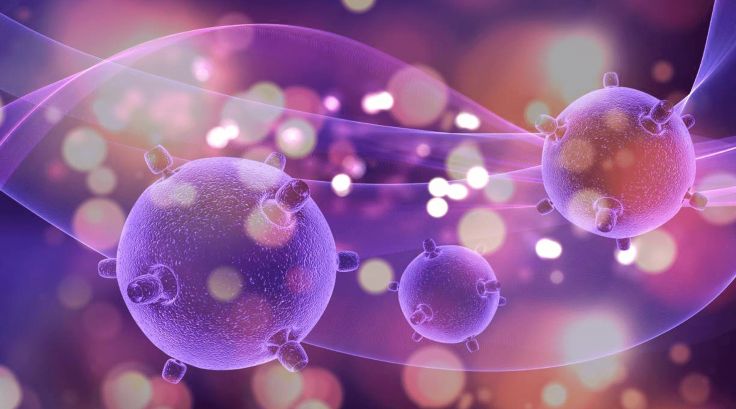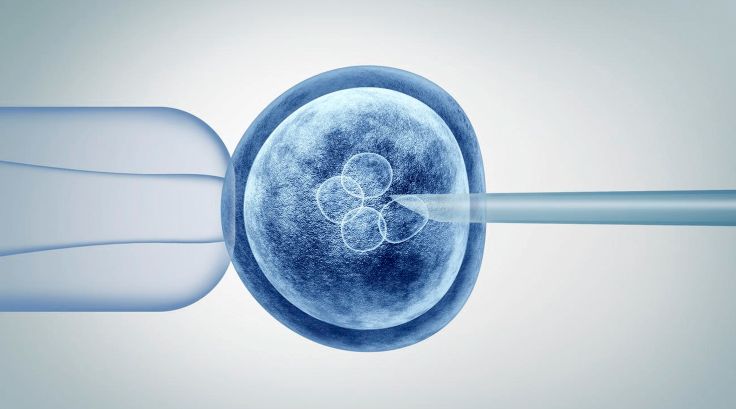Cell therapy, what is it all about?
Stem cell therapy, also known as "regenerative medicine", promotes the reparative response of diseased, dysfunctional or injured tissue using stem cells or their derivatives. It's the next chapter in organ transplantation and uses cells instead of donor organs, which are in limited supply.
Researchers create stem cells in a laboratory. These stem cells are manipulated to divide into specific types of cells, such as heart muscle cells, blood cells, or neurons.
The specialized cells can be implanted in a person. For example, if the person has heart disease, the cells could be injected into the heart muscle. The healthy transplanted heart cells could then help repair faulty heart muscle.
Researchers have already shown that adult bone marrow cells, guided to become heart-like cells, can repair heart tissue in people, and more research is ongoing.
Have stem cells already been used to treat diseases?
Yes, doctors performed stem cell transplants, also known as "bone marrow transplants." In stem cell transplants, cells damaged by chemotherapy or disease, or so that the donor's immune system can fight certain cancers and blood-related diseases, such as leukemia, are replaced with stem cells. Adult stem cells or umbilical cord blood are used in these transplants.
Researchers are testing adult stem cells to treat other diseases, including a number of degenerative diseases, such as heart failure.
What are the possible problems when using embryonic stem cells in humans?
For it to be useful in humans, researchers need to make sure that the stem cells differentiate into the specific cell types they want.
Researchers have discovered ways to make stem cells develop into specific types of cells, for example, by making embryonic stem cells develop into heart cells. Research is being carried out in this field.
Embryonic stem cells can also grow irregularly or specialize into different cell types spontaneously. Researchers are studying ways to control the growth and differentiation of embryonic stem cells.
Embryonic stem cells may also cause the recipient's body to mount an immune response and attack the stem cells as if they were foreign invaders, or they may simply not function as they should with unknown consequences. Researchers continue to study ways to avoid these potential complications.
What is therapeutic cloning and what benefits could it offer?
Therapeutic cloning, also called somatic cell nuclear transfer, is a technique for creating versatile stem cells independent of fertilized eggs. Through this technique, the nucleus —which contains the genetic material— is extracted from an unfertilized egg. The nucleus of a somatic cell is also removed from a donor.
The donor nucleus is then injected into the egg to replace the nucleus that had been removed through a process called "nuclear transfer." The ovum can divide and rapidly forms a blastocyst. This process creates a stem cell line that is genetically identical to the donor; basically, it's a clone.
Some researchers believe that stem cells obtained from therapeutic cloning may offer more benefit than stem cells from fertilized eggs because cloned cells are less likely to be rejected once transplanted back into the donor and may allow researchers to see exactly how they progress an illness.
 6 th avenue 6-63 zone 10 Sixtino Building Clinic number 307
6 th avenue 6-63 zone 10 Sixtino Building Clinic number 307
 +502 22384397
+502 22384397
 +502 37649731
+502 37649731




